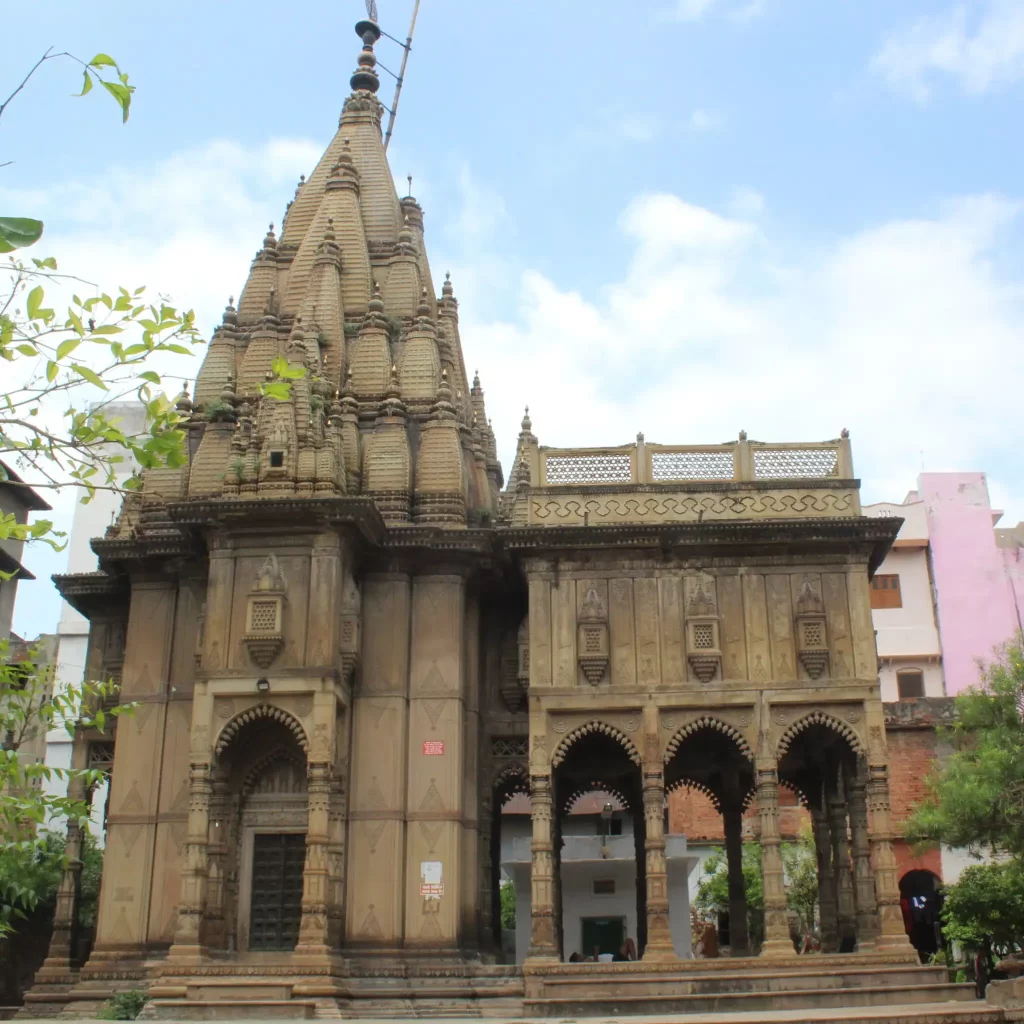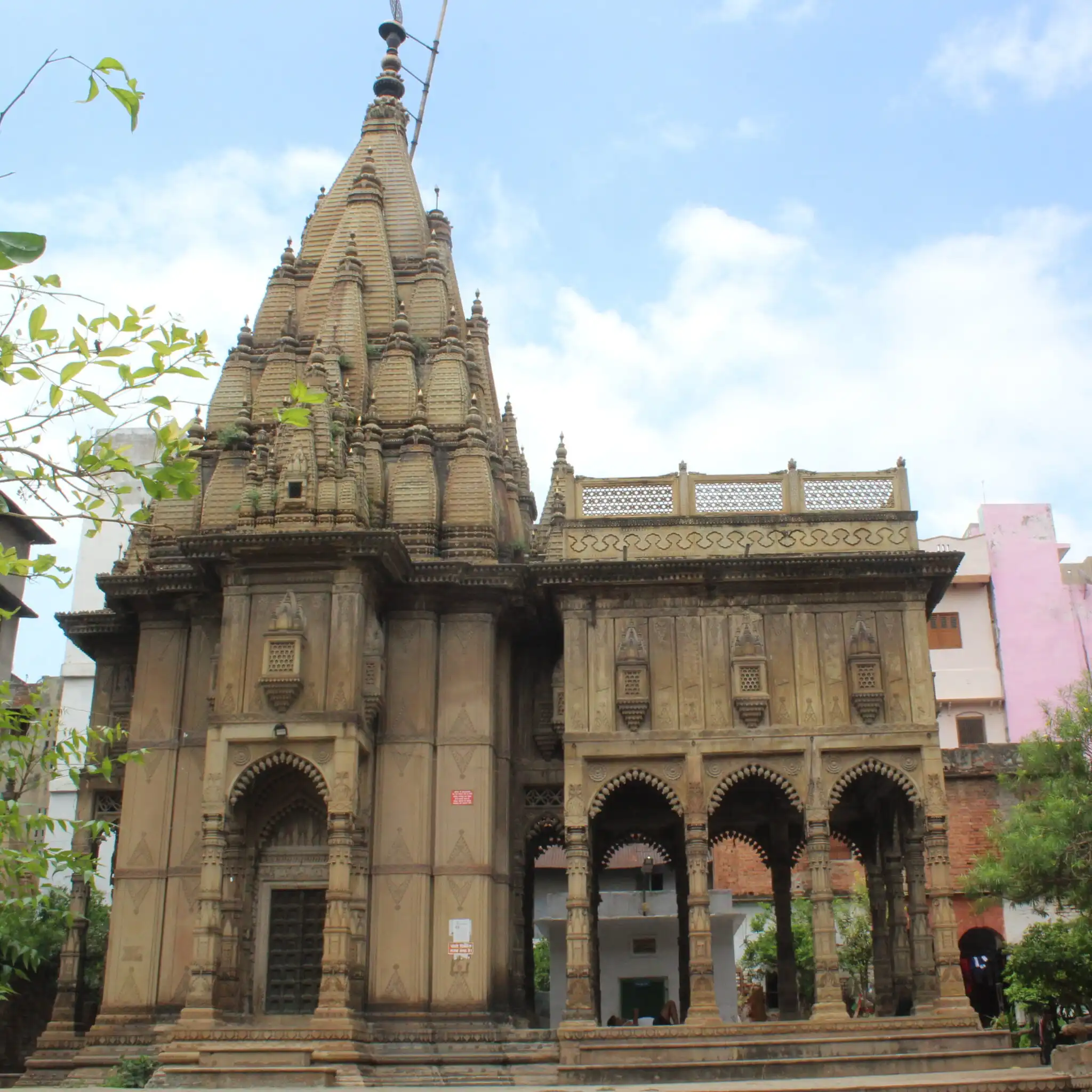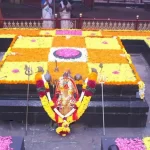Kashiraj Kali Temple, Architecture is a visual art, and the structures speak for themselves. Atemple is a history; a temple lost is a history lost; a temple maintained is a history preserved; and atemple is a history lost.
The Kashiraj Kali Temple, which Kashiraj constructed, and its significance to the locals through their customs and rituals are the main subjects of the research that follows. The purpose of this study is to forward the notion that efforts should be made to preserve these temples in order for them to endure over time.
ALSO READ: Malanada Temple: A Rare Tribute to Duryodhana
Kashiraj Kali Temple Varanasi: The Ancient City of Light
Varanasi, often called Banaras and known as The City of Light, is one of the oldest surviving towns in the world. Located in the southeastern region of Uttar Pradesh in northern India, this magnificent city flourishes along the western bank of the sacred Ganga River. The river’s crescent-shaped flow faces north, creating a unique geographic and spiritual setting for the city.
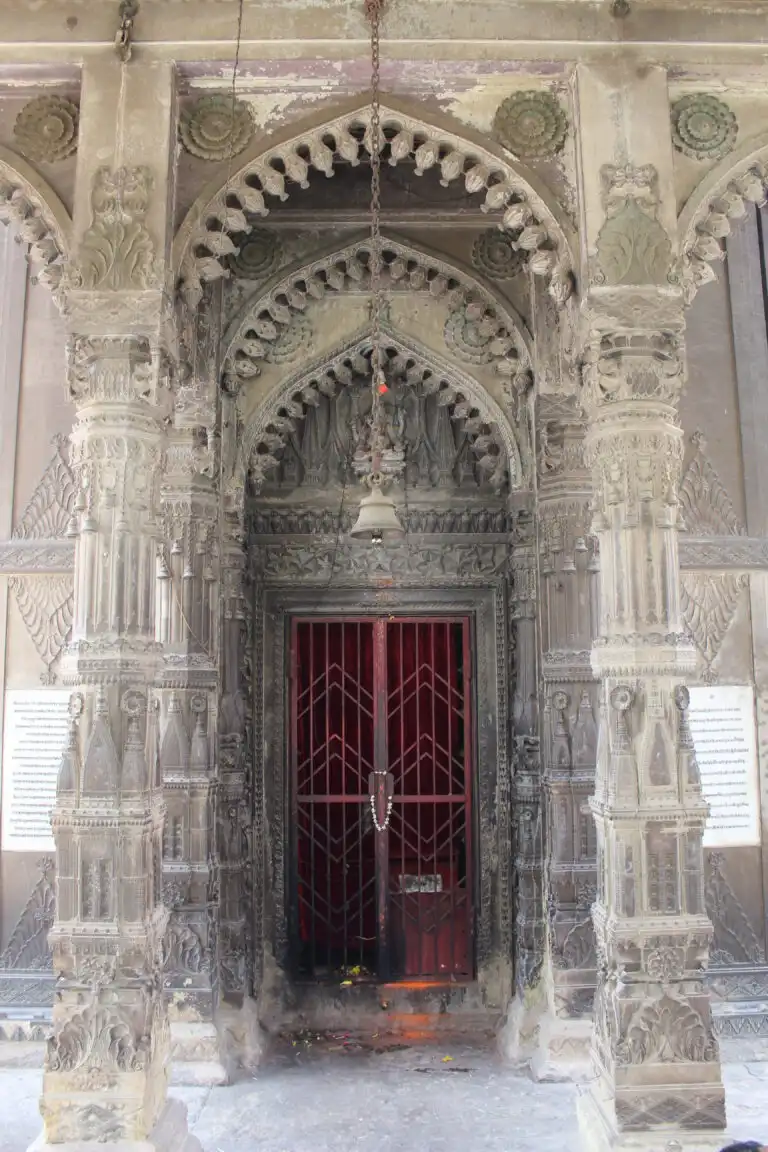
The name “Varanasi” is not a modern invention. It is believed to be derived from the city’s location between two rivers: the Assi River, which joins the Ganga in the south, and the Varuna River, which merges with the Ganga in the north. Historical records indicate that in Pali, Varanasi was written as Baranasi, which eventually evolved into Banaras.
This ancient city holds a timeless allure, blending history, spirituality, and culture.
Varanasi: The Eternal City of Brightness
Varanasi, often regarded as the oldest city in the world, was historically known as Kashi. The name “Kashi” is derived from the word Kasha, meaning “brightness,” reflecting its spiritual and cultural significance. Over time, the city has been referred to by various illustrious names, including Brahma Vardha, Anandakanana, Avimuktaka, Mahasmasana, Kasi, Sudarsana, Surandhana, and Ramya.
The name “Varanasi” originates from its location between two tributaries of the sacred River Ganga: the Varuna River and the Assi River. While “Kashi” continues to evoke the city’s ancient and luminous heritage, “Varanasi” is the name most commonly used today.
Situated in the Indian state of Uttar Pradesh, Varanasi rests on the banks of the holy Ganges River, drawing millions of pilgrims and visitors from around the world to its sacred ghats and timeless charm.
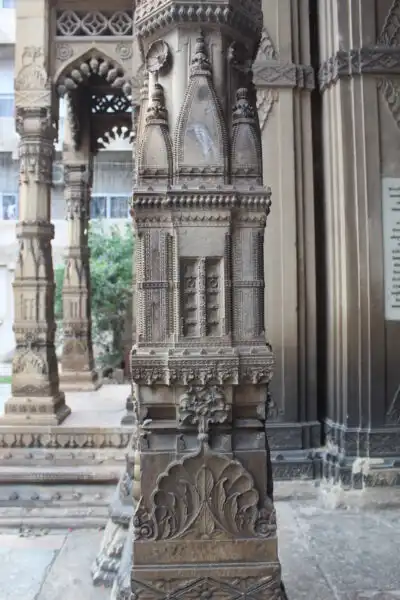
Varanasi: A Living Testament to History and Culture
Varanasi, the oldest continuously inhabited city in the world, is a vibrant tapestry of religion, culture, art, beliefs, and nature. With a history spanning thousands of years, the city embodies layers of human civilization and spirituality.
The renowned English author Mark Twain famously remarked, “Banaras is older than history, older than tradition, older even than legend, and looks twice as old as all of them put together” (1898, p. 480). Similarly, Singh and Rana (2006) eloquently stated, “Banaras is not the story of bricks and stones; it is, in fact, living history in itself.”
In The City in History, Lewis Mumford described a city as an “Energy Converter Into Culture”, a sentiment that perfectly captures the essence of Varanasi. As L. Diana Eck (1993) highlighted, the city’s enduring vitality lies in its ability to transform the energy of its people and traditions into a dynamic cultural legacy.
Varanasi is not just a place—it is an experience, a living history that continues to inspire awe and reverence.
It is situated in the eastern region of the state of Uttar Pradesh, in the center of the Ganges valley, and approximately 320 kilometers southeast of Lucknow.
Kali Mandir Kashiraj: A Symbol of Devotion and Heritage
The Kashiraj Kali Mandir, a renowned Hindu temple dedicated to Goddess Kali, is located in the heart of Varanasi, India, in the bustling area of Godowlia. Situated near the sacred banks of the Ganges River, the temple is a revered spiritual site, attracting thousands of devotees each year.
According to inscriptions in Hindi and Sanskrit, the temple was built on Sunday, Samvat 1843, Falfun Sadi 5 by the mother of the then-king, Prabhu Narayan Singh, as a tribute to Goddess Kali, one of Hinduism’s most powerful and esteemed deities.
Over the years, the temple has undergone several renovations, yet it has retained its historic grandeur and beauty, standing as a testament to the devotion and architectural heritage of the region.
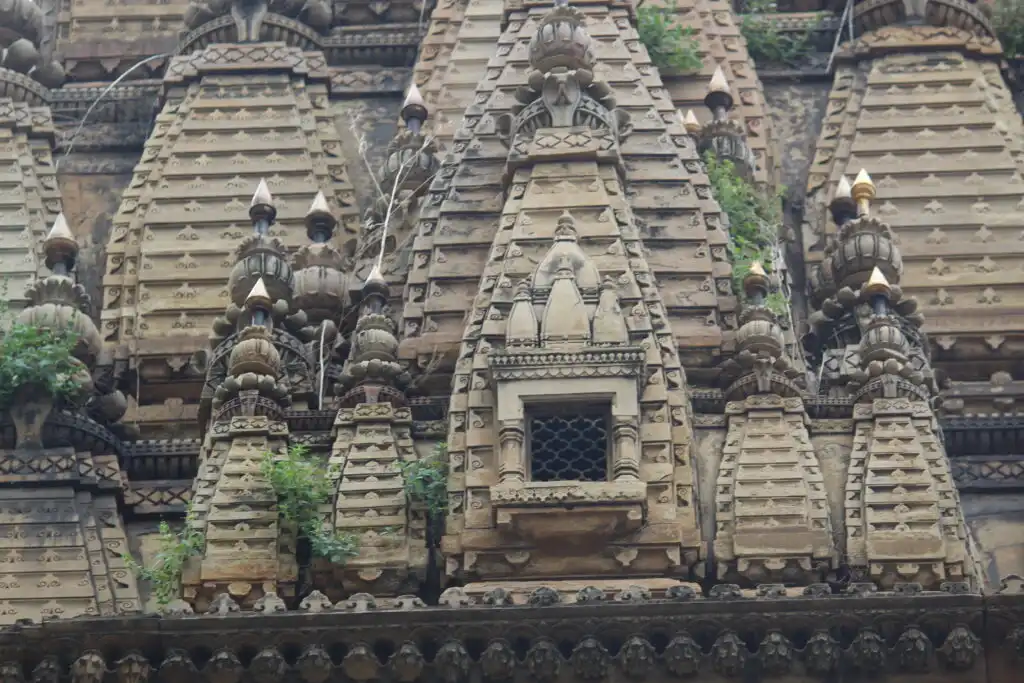
The Kashiraj Kali Mandir remains a cherished spiritual destination for worshippers and visitors alike, embodying centuries of faith, culture, and tradition.
Architectural Splendor of Kashiraj Kali Mandir
The Kashiraj Kali Mandir stands on a raised platform known as Jagati, which forms the foundation of this historic temple. Seven steps lead to the Jagati, and three additional steps provide access to the temple itself, adding to its grandeur and sanctity.
The temple’s architecture is a harmonious blend of modern and ancient styles. Built in the traditional Hindu architectural design, its walls and ceilings feature intricate carvings and sculptures, showcasing remarkable craftsmanship. The idol of Goddess Kali, the temple’s main deity, is a stunning figure adorned with jewelry and precious gems, exuding divine beauty and magnificence.
In addition to Goddess Kali, the temple also houses a Shivlinga, where devotees worship Lord Shiva. A Nandi statue, symbolizing devotion to Shiva, is also present. The temple complex situates several smaller shrines dedicated to other Hindu deities, enhancing its spiritual and cultural richness.
The Kashiraj Kali Mandir remains an architectural and devotional masterpiece, embodying centuries of Hindu traditions and artistic excellence.
Structural Design and Features of Kashiraj Kali Mandir
They divide the Kashiraj Kali Mandir into three distinct sections: the Garbhagriha (sanctum sanctorum), the Antarala (inner chamber), and the Mukhmandapa (main hall). Renowned for its elaborate and exquisite carvings, the temple’s intricate design is one of its most striking features.
A grand Torana Dwara (ornately carved doorway) marks the entrance to the temple, showcasing exceptional craftsmanship. Signboards and an advertisement board adorn the entrance, reflecting the temple’s integration with modern elements. Within the temple premises, various shops and eateries cater to visitors, adding convenience to the spiritual experience.
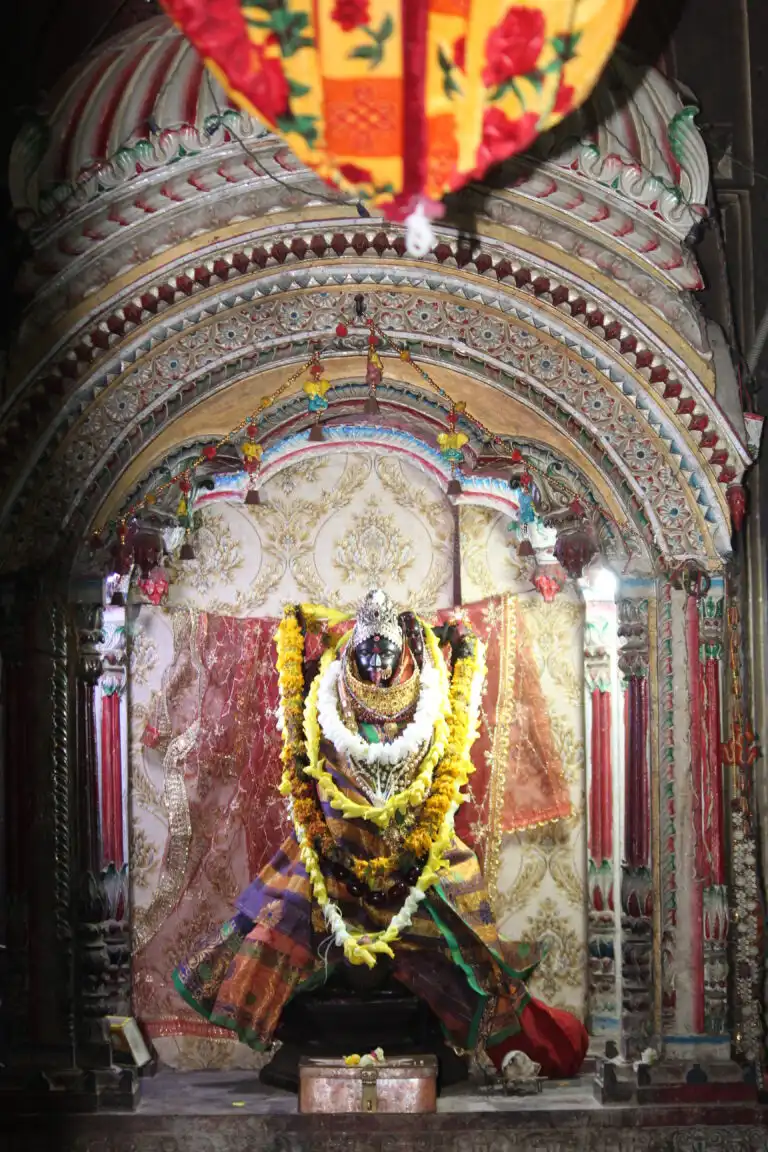
The architectural elegance and cultural vibrancy of Kashiraj Kali Mandir continue to attract devotees and tourists, offering a blend of history, devotion, and contemporary amenities.
Mukhmandapa: The Grand Entrance of Kashiraj Kali Mandir
The Mukhmandapa serves as the temple’s main entrance and is an architectural marvel. Twelve intricately carved pillars, arranged in a unique sequence, support this spacious hall. The first row features four pillars, followed by two in the second row, two more in the third, and four each in the fourth and fifth rows.
The Mukhmandapa, open on all four sides, adorns itself with three pointed arches on each side, enhancing its aesthetic appeal. A Chajja (overhanging eave) tops the roof of the Mandapa. Which adds to its traditional design and functional purpose of providing shade and protection.
The Mukhmandapa stands as a testament to the temple’s architectural brilliance. Inviting visitors into the sanctity and grandeur of the Kashiraj Kali Mandir.
